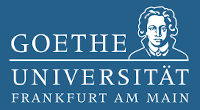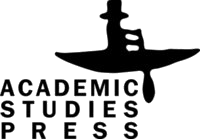Apocalypse and Jews
DOI:
https://doi.org/10.31168/2658-3356.2023.3Keywords:
eschatology, Russia, Antichrist, restrainer (Katekhon), SatanismAbstract
A Christian eschatological discourse, containing anti-Semitic connotations, revolves around three main figures: the Antichrist, the last emperor, and a restrainer known as Katekhon. Additionally, Satanism is also explored within this discussion. In my analysis, I examine how Jews have been portrayed in this extensive discussion over the past two millennia. This study holds significance as anti-Semitism still persists, warranting an examination of the anti-Semitic accusations within an eschatological conversation. My research primarily focuses on religious texts from the medieval and modern periods, with particular attention given to radical perspectives embraced by clergy and laypeople. While the views regarding the Antichrist vary greatly, there is a persistent belief that he originates from the tribe of Dan, which has served as a foundation for Judeophobia. The concept of the last emperor was prevalent in medieval Europe but not widely accepted in Russia. Conversely, the idea of the restrainer (Katekhon) gained popularity in Russia during the very late 19th century. It was often associated with the Russian Tsar and, following his tragic demise, with either Russia itself, the Russian people, or the Russian Orthodox Church. This viewpoint was revived in post-Soviet Russia, where it was seen as a mission to confront the “Satanic” West. Radicals argue that the West has already fallen under the influence of the Antichrist, i.e., in their view, by the Jews and Freemasons. All these interpretations can be identified within the rhetoric of the struggle against Satanism, which gained popularity in the autumn of 2022.












